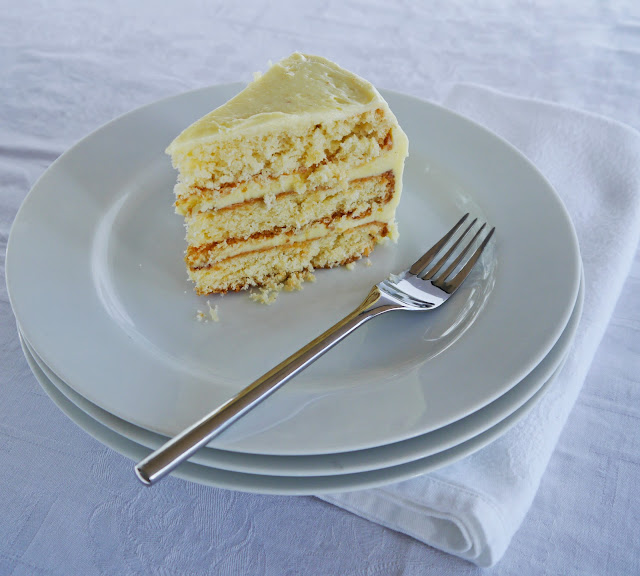I tend to see an ingredient and, with a childish impulsivity, get excited about it and feel compelled to buy it. Then later when I get home, think about what it might be used for. This is worse with spices and dried ingredients where I set off looking for something more conventional like peppercorns or salt then become tempted by row upon row of exotic foods: marrons glaces, clover honey, dried rose petals; all wonderful, but not exactly necessary. Then I get home and, since they aren’t going to go moldy or go off their best in the immediate future, stash them away somewhere in a dark, lonely cupboard. This does mean though that I end up having quite a few ingredients in the store cupboard and when the time does come for them to be used, I’m already prepared.
Although some people use coconut on a regular basis, aside from the occasional coconut macaroon, I rarely use it, so it seemed quite a novelty to use coconut cream, milk and desiccated coconut in one dessert – in fact I went quite coconutty (sorry) for it. Coconut’s sweet nutty flavor can be quite subtle and I debated whether to fill the cake with a lime curd or soak the sponge in a rum syrup but I’ve decided to let the coconut speak for itself simply.









